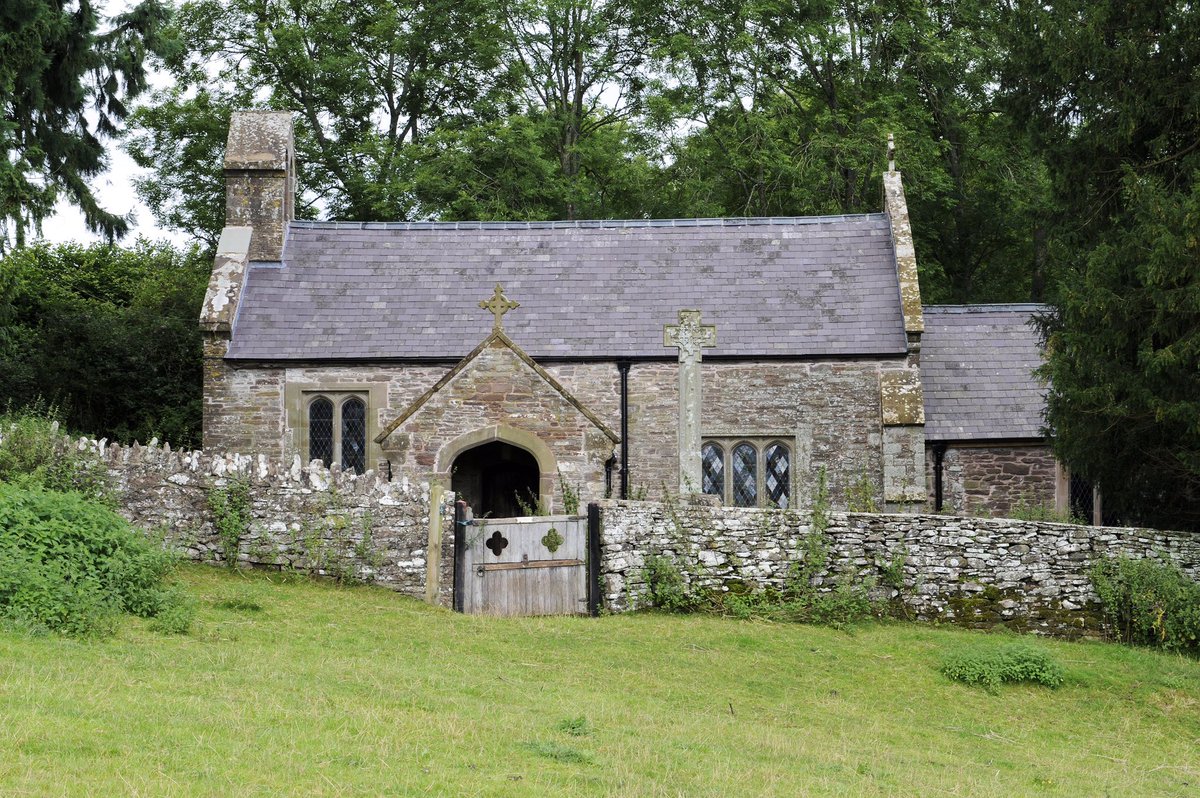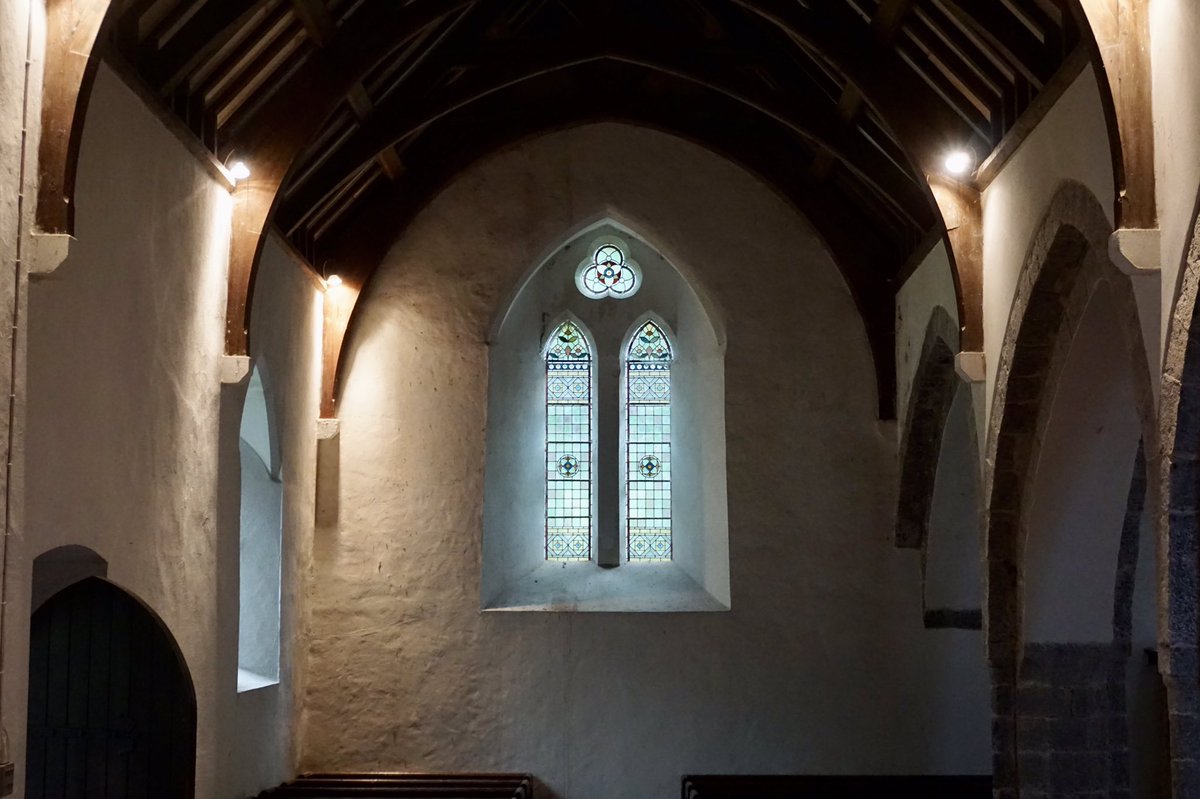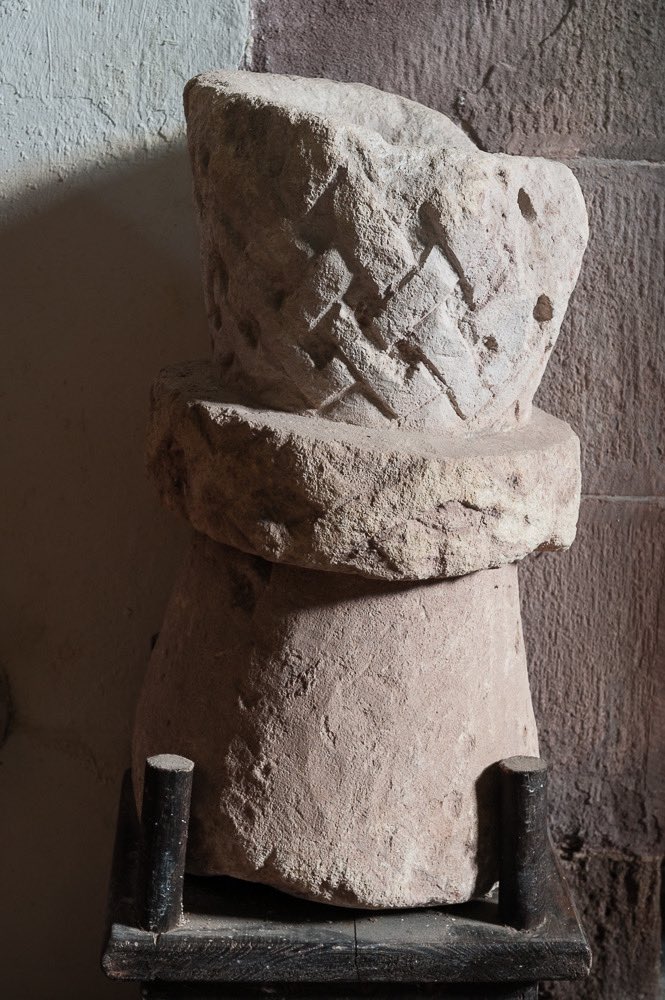
While we don’t mean keep visitors away from Llancillo church, getting there is a bit of battle, involving sharp turns, potholes, rattling cattle grids, boorish cattle, watchful sheep and a busy train-track. But this area is no stranger to battles...
#thread
#thread

It’s here, along the spellbinding Welsh Marches, that you’ll find the densest concentration of motte-and-bailey castles in England and Wales. These castles were the result of William the Conqueror’s plan to subdue the Welsh by installing Marcher Lords along the border.
2/7
2/7

But defence wasn’t new to the Marches: along their length, the Romans built forts to defend themselves from the Welsh. The Anglo-Saxons dug an 80-mile ditch. So, it's no wonder really that our little church at Llancillo is in the shadow of an ancient castle.
3/7
3/7

The castle at Llancillo was built in the 1090s by Richard Esketot, a tenant of the formidable de Lacys. The church itself dates to a similar time, with remodelling in the 14th, 17th and 19th centuries. Of particular interest here is the woodwork – much of it recycled:
4/7
4/7

...the carved wall-plates in the porch are believed to be from an old roodscreen; the choir stalls incorporate 17th and 18th-century panelling; one pulpit is richly carved and dated 1632; another is inscribed ‘I.G.1745’ and seems to have been made from pieces of box-pews.
5/7
5/7

Inside and out, there are monuments to the Scudamore family… The same Scudamores that bought Dore Abbey in the Dissolution of the 1530s and sold off the masonry… and then, in the 1630s had a pang of guilt and restored the building as parish church.
6/7
6/7

It’s worth a visit to Llancillo… if you’re brave enough...
Read more:
friendsoffriendlesschurches.org.uk/church/st-pete…
7/7
Read more:
friendsoffriendlesschurches.org.uk/church/st-pete…
7/7
• • •
Missing some Tweet in this thread? You can try to
force a refresh



















